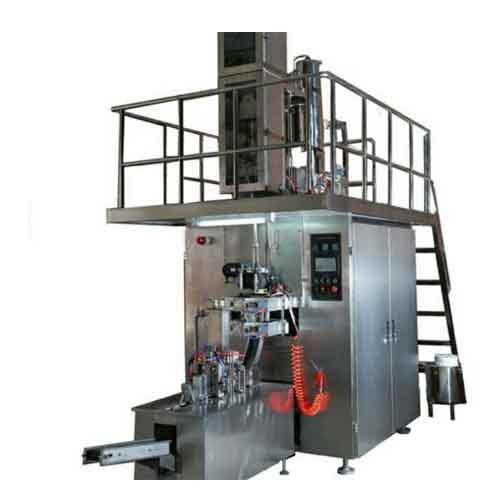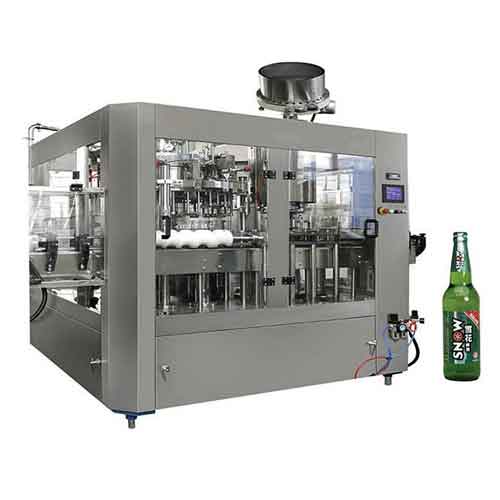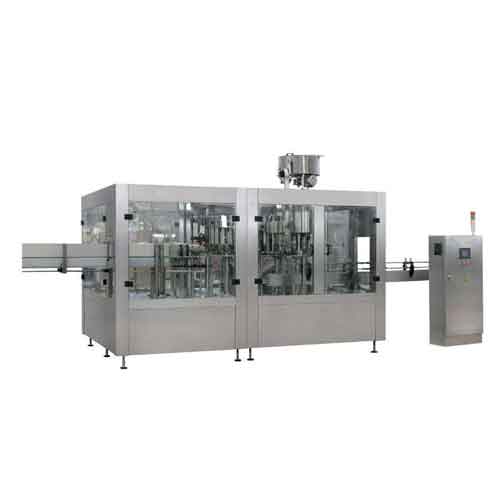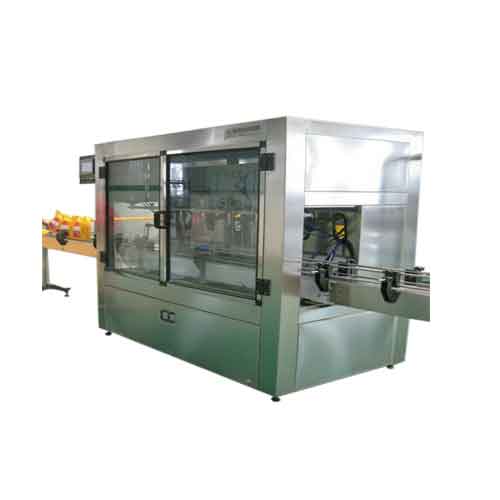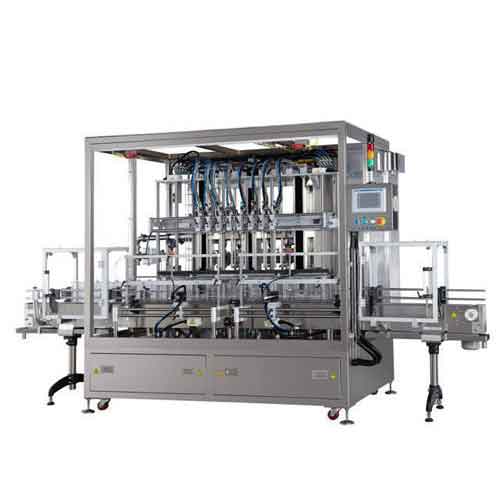
In the instant noodle production line, the steaming machine is one of the core components responsible for steaming and cooking the noodles to complete the partial maturation process. Its efficient and stable operation is directly related to the quality of noodles and the output rate of the entire production line. Timely and accurate judgment and response are crucial when encountering equipment failures. The following are several common faults and their solutions for steaming machines:
Fault 1: Abnormal steam supply
Reasons: Insufficient steam boiler pressure, blocked or leaked valves, loose pipe connections.
Solution:
· Check the steam boiler to ensure that the water level and pressure gauge are normal. If necessary, add water or adjust the heating power.
· Clean or replace blocked valves and tighten or replace leaking interfaces.
· Drain water regularly to avoid deposition of impurities in water that may affect heat exchange efficiency.
Fault 2: Noodles adhesion
Reasons: Uneven steam distribution, noodles spacing is too dense, moisture content exceeds the standard.
Solution:
· Adjust steam holes to ensure evenly heated noodles.
· Reduce the number of feeding noodles and increase the spacing to prevent overlapping.
· According to the characteristics of raw materials and environmental temperature and humidity, adjust the mixing ratio to control the water content of noodles.
Fault 3: The noodles are broken
Reasons: The cooking time is too long, the temperature is too high, and the toughness of the noodles is insufficient.
Solution:
· Shorten the steaming time and reduce the steam temperature to avoid excessive softening.
Improve flour gluten degree, add appropriate amount of improvers to enhance elasticity and ductility.
Fault 4: Noodles are undercooked after steaming
Reasons: Low steam temperature, low pressure, large exhaust volume, low water content in noodles, short steaming time, and dense stack of corrugated noodles.
Solution:
· Properly adjust steam temperature or steam pressure.
· The appropriate addition of moisture makes the starch more easily absorb heat and promotes gelatinization.
· Properly extend the steaming time.
· Properly adjust the transfer speed to stretch the surface corrugations and increase the steam contact area.
Fault 5: Steamer leakage
Reasons: The lock of the steamer cover is not fastened tightly, and the sealing strip is damaged.
Solution:
· Check the steamer lid latch to ensure that the lock is tight.
· Check the steamer sealing strip regularly and replace it in time if it is damaged.

Fault 6: The mesh belt does not rotate
Reasons: The transmission component between the network chain and the motor is malfunction, or there is a blockage in the steamer.
Solution:
· Check the transmission parts from the network chain to the motor one by one, and discharge them in time if there is any fault.
· Regularly check the running status of the mesh belt in the steamer, and clean up any blockage in time.
Fault 7: The temperature indicator is lower than the process requirements
Reasons: The thermometer is not corrected in time, the exhaust pipe hole is blocked, and the steam flow is too small.
Solution:
· Check the thermometer regularly.
· Check the vent periodically and clean up any blockage in time.
Fault 8: The device is worn or corroded
Reasons: Under long-term operation, natural loss of metal parts, food residue or chemical erosion on the contact surface.
Solution:
· Replace badly damaged parts, such as pot body wall, conveyor belt, etc.
· Strengthen cleaning and maintenance, use anti-corrosion paint to protect vulnerable areas.
Strengthen daily monitoring, establish a regular inspection mechanism, and discover hidden dangers in a timely manner.
Fault 9: The control system is faulty
Reasons: Circuit board damage, sensor failure, software BUG.
Solution:
· Use a standby controller for temporary replacement to maintain production.
· Professional electricians check the circuit board, replace the burned components, and restart the control unit.
· Upgrade or fix software to eliminate code errors.
Coping strategy
1. Establish a rapid response team: train a technical team to be responsible for daily maintenance and emergency repair.
2. Preventive maintenance: Implement regular maintenance, such as lubrication, fastening, cleaning, extend service life.
3. Staff training: improve the understanding of front-line workers on equipment and learn basic fault self-examination and self-correction skills.
4. Spare parts reserve: always prepare consumables and common accessories to shorten unplanned downtime.
The above are some of the processing ideas for the common faults of the noodle steamer, and the specific problems may also need to be carefully analyzed in combination with the on-site situation. In the face of complex or rare problems, it is particularly important to seek technical support from manufacturers in a timely manner, which can often provide more specialized and customized solutions.
Union Machinery has been engaged in food machinery customization services since its establishment in 2014, according to customer needs for you to tailor suitable machinery and equipment, for more product information, please refer to: https://www.hnunmachinery.com/Production-Line/Instant-Noodle-Production-Line/Instant-Noodle-Production-Line.html;Our expertise and advantages will bring you more opportunities and development space.
For personalized, industry-tailored advice and to explore state-of-the-art solutions, please don't hesitate to contact us at info@unmachinery.com
The following are other knowledge related to instant noodle production that I have summarized based on long-term work experience, for your reference. I hope it will be helpful to you.
1.How to design a fried instant noodle production line?
2.What are the factors that affect the dough mixing effect in the production of instant noodles?
3.What are the factors affecting the awakening effect of instant noodle production?
4.What are the factors affecting the Calendering effect of instant noodles production?
5.What are the factors affecting the cutting and shaping of instant noodles production?
6.What are the factors affecting the frying effect of instant noodles production?
7.What are the factors affecting the steaming effect of instant noodles production?
8.Precautions for operating rolling equipment on instant noodle production line
9.How to determine whether the rolling effect of the rolling machine is qualified?
10.How should the rolling machine be adjusted when working to ensure product quality?
11.How to do if the steamed noodles are half-cooked?

